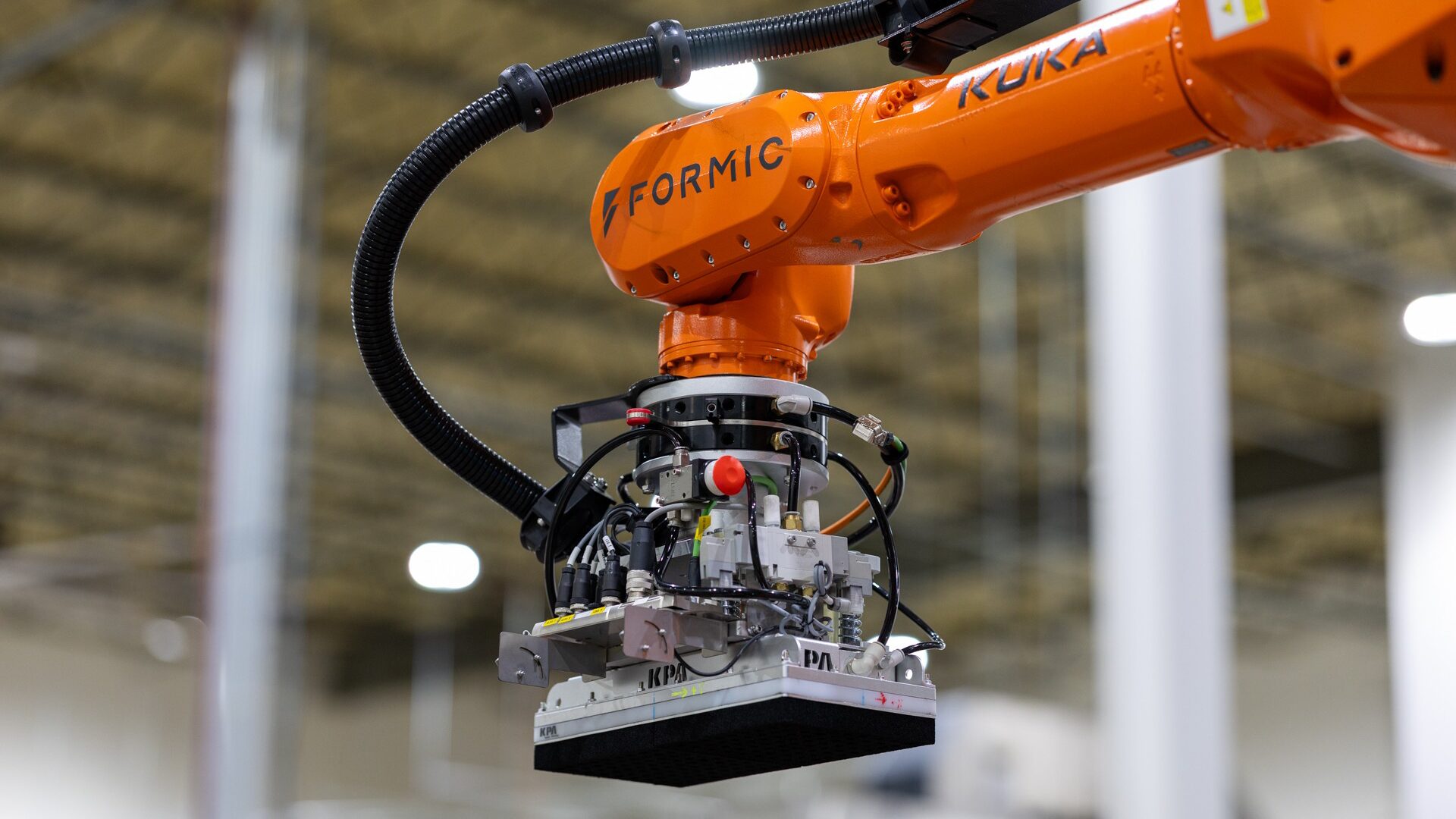The holidays are here and soon 2023 will be gone. As the companies, brands, stakeholders, and employees of the food/bev sector scramble in the last quarter to prepare themselves for 2024, the whizz-bang pace of commerce and technology is as exciting as it is daunting, intimidating as it is game-changing.
At the recent International Foodservice Manufacturers Association (IFMA) Presidents Conference in Scottsdale, Arizona, several keynote addresses helped summarize the contemporary food, tech, and retail landscapes for attendees. The consumer market and greater commercial landscape is wildly different than just a few years ago given the COVID-19 global pandemic, global food price inflation, challenging labor issues of volume from baristas to skilled workers and even truck drivers, while geopolitical instability, diminishing resources, and wild advances in AI and cell-cultured foods have completely upended what many thought of as “a normal day” in food/bev.
Food/bev workers would be wise to heed these words: there is no new normal, and innovation will continue to advance at lightning speed.
“We expect innovation to play out at an even more accelerated pace with the potential to drive competitive advantage for those who get it right,” said Valerie Gong, a managing director and principal with Boston Consulting Group, who stressed AI in particular as a fundamental catalyst for growth and to meet customers’ needs in the explosive digital foodservice space.
She noted that 56% of customers expect offers to be personalized; 73% expect companies to understand their unique needs and expectations; and 62% expect companies to anticipate customer needs.
To help do so, here are some tips and tech to look for in the year ahead. This is Part 1 of a three-part series.
Buckle up.
Restaurants Automate to Elevate
Automation is the name of the game in restaurants. Sweetgreen opened its first Infinite Kitchen in Illinois and plans to add seven to nine new units (as well as several retrofits) in 2024. Per its earnings call in November, Sweetgreen CEO Jonathan Nemen said the automated kitchen has offered several benefits to its operating model, including “increased throughput, near-perfect order accuracy, portioning consistency, a better team member experience, improved restaurant-level margins, and an accretive return on capital,” adding that the popular chain would add Infinite Kitchens to all its new restaurants within the next five years. The automated makeline dispenses ingredients into bowls at the rate of 500 per hour while workers do the prep and add finishing touches, saving cost on labor and helping ensure quality control.
Though Sweetgreen is one of the first and most prominent restaurants to automate some of its operations, it’s far from the last.
“In 2024, we expect restaurants to continue to find ways to leverage technology to drive efficiencies,” said Zhong Xu, CEO of Deliverect, to The Food Institute. “According to recent Deliverect data, 46% of consumers globally report being comfortable with the idea of robots carrying out certain functions in restaurants.”
Xu laid out several facts drawn from Deliverect data:
- 46% of consumers globally report being comfortable with the idea of robots carrying out certain functions in restaurants.
- Consumers between the ages of 25 to 34 years old are the most likely to report being comfortable with the use of robots in restaurants at 62%
- Contactless payments are viewed as an important technology to 70% of restaurant goers, especially among younger demographics (74% of ages 16-24, 78% of ages 25-34, 80% for ages 35-44).
Xu was also quick to note that AI will certainly help revolutionize restaurants and quickly become the “driving force” behind success in what he sees as an oversaturated industry.
“In the future, there’s no denying that AI will continue to play an ever-increasing role in the development and growth of restaurants worldwide, so it’s essential for restaurants to start implementing AI solutions to stay ahead to help with menu optimization, streamlining food preparation and creating more personalized customer experiences.”
Per further Deliverect data, Xu said 46% of consumers believe chatbot technology is important to creating a positive restaurant experience.
“Consumers’ habits have permanently changed, with a greater preference for convenience and the comfort of enjoying takeout or delivery at home,” he concluded. “Businesses need to adapt accordingly by ensuring they’re set up to meet these demands by leaning on technology advances.”
Aron Bohlig is a managing partner at ComCap, a premier boutique investment bank focused on the intersection of commerce and capital that focuses on e-commerce, FinTech, B2B software, and logistics and digital services.
“Look for broader rollouts of store-based robots (Simbe/Tally) as well as shelf-edge labels and cameras,” he told TFI.
“Walmart is mandating these and it will become an industry standard for major players. In general, 2023 has been a year of innovation ‘in the lab’ with limited widespread deployment of these new technologies. Twenty twenty-four will hopefully be a return to a growth focus with a greater push for implementation of these solutions.”
Bohlig was also adamant that retail media will intersect much more with in-store advertising.
“Initially it will be a replacement of paper circulars with mobile-based coupons, and over time, end-cap screens, shelf-edge screens, and other display media,” he noted.
Part 2 of this series, The Cold Chain, is available here.
Part 3 of 2024 Tech & Digital Trends in Restaurant & Retail will be published shortly.












